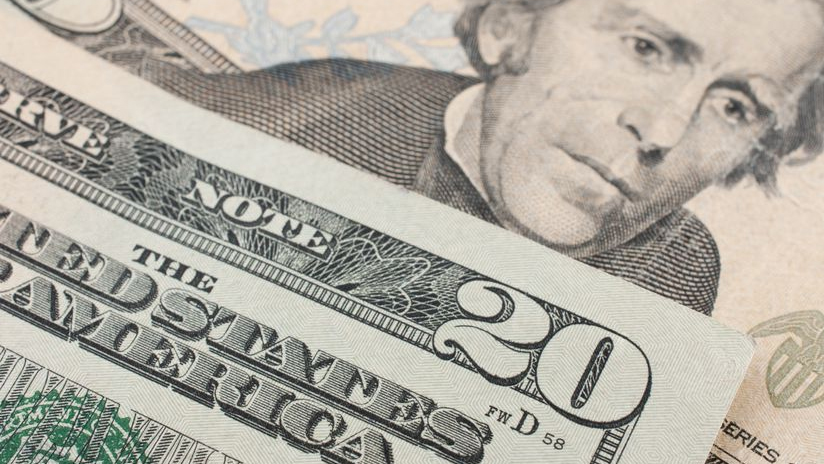
Investor risk appetite has continued to recover underpinning global equities. The S&P gained more than 1% as the market looks ahead to corporate results from large technology companies. The FTSE 100 traded to a new all-time high before retracing amid a broad-based rally across European stocks. US treasury yields fell following weaker than expected preliminary PMIs for April, which contrasted with evidence of a recovery in Europe, and contributed to a weaker US dollar.
In the US, the preliminary composite PMI for April was weaker than expected and indicated US business activity expanded at the slowest pace this year. The manufacturing PMI declined to 49.9, which was below median estimates, and down from 51.9 in March. The services sector PMI also undershot expectations at 50.9, which declined from 51.7 in March.
In Europe, the PMI data pointed towards an improving outlook. The German composite PMI rose to 50.5, well above the consensus estimate of 48.4, which suggests the private sector is expanding for the first time in 10 months. The improvement was driven by the services sector. The euro area composite index rose to 51.5 which is the highest level since May last year. The data had limited impact on the market expectations for the ECB easing cycle. Current pricing largely discounts a 25bps rate cut at the June meeting and close to 80bps of cuts by year end.
PMI data revealed UK business activity rose more than expected in April, and posted its fastest expansion in almost a year, suggesting the economy is regaining momentum after the technical recession in H2-2023. Bank of England chief economist Huw Pill pushed back against the prospect of near-term easing. He said the Bank is cautious about cutting rates too soon, after the extended period of above target inflation, and reiterated the need for restrictive policy. He added there is still some way to go till he is convinced underlying inflation has stabilised at levels consistent with meeting the Bank’s 2% inflation target on a sustainable basis.
US treasury yields fell after the US PMI data. 2-year yields, which traded up towards 5% earlier in the session, are down 5bps at 4.93%. There was decent demand for the US$69 billion 2-year note auction despite the dip in yields. 10-year yields are little changed at 4.58%.
The contrasting PMI data weighed on the US dollar. The dollar index declined close to 0.4%. In the majors, EUR/USD spiked higher following the stronger than anticipated activity data and is back above 1.07. EUR/JPY gained above 165.60 to the highest level since 2008. The pound outperformed within the G10 supported by the data and Pill’s comments.
The NZD gained set against the weaker US dollar backdrop. NZD/USD spiked to the offshore session highs, up towards 0.5950, following the soft US data. The NZD is weaker on key cross rates except for the yen. NZD/AUD has traded lower towards 0.9150.
NZ fixed income yields moved lower in the local session yesterday matching the moves in offshore markets. 10-year government bonds yields dropped 5bps to 4.88% in a largely parallel curve shift. With the NZ public holiday tomorrow, the weekly government bond tender will take place today. There will be NZ$500 million of bonds offered split across April-29 (NZ$275m) and May-34 ($225m).
Australian 3- and 10-year bond futures are little changed overnight, suggesting a limited directional bias for NZ yields on the open.
The regional focus in the day ahead will be Q1 CPI data in Australia. The data is likely to confirm only gradual progress on domestic price pressures, keeping the RBA on the side lines until later in the year. German IFO, Canadian retail sales and US durable goods orders are the main data releases this evening.
[chart;daily exchange rates]





We welcome your comments below. If you are not already registered, please register to comment.
Remember we welcome robust, respectful and insightful debate. We don't welcome abusive or defamatory comments and will de-register those repeatedly making such comments. Our current comment policy is here.